Afghanistan / Area of Gandhara
IVth – Vth century AD
Stucco
Off stand: 15.5 x 13 cm
Small visible accidents and losses
Private collection
Representation in stucco of Buddha Sakyamuni. He is shown seated in the posture of meditation: legs in the attitude of the lotus, vajraparyanka, the hands placed in his lap, dhyana mudra, the back of the right hand resting on the palm of the left hand. He is dressed in a thick monastic mantle with a delicate drape covering him entirely. The face with large half-closed eyes and heavy eyelids frame an aquiline nose, the mouth with a pronounced grin clearly evokes the Greek influence. The hair forming a delicate V design at the hairline receives the usnisa, interpreted at the time, as a bun.
At the crossroads of the civilizations of Iran, the Greek world, India and nomadic civilizations, Gandhara constituted for sixteen centuries an almost obligatory route of passage for the caravans which linked the West to China. A Hellenistic background maintained by the trade in luxury products exported from the Mediterranean basin, mixes with Parthian and Indian influences to the benefit of a Buddhist iconography of great sensitivity.












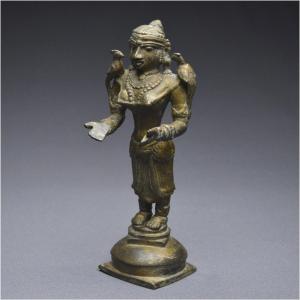
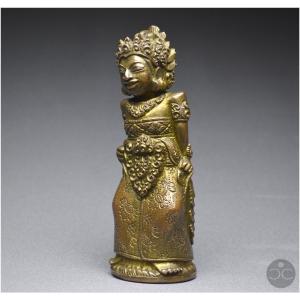
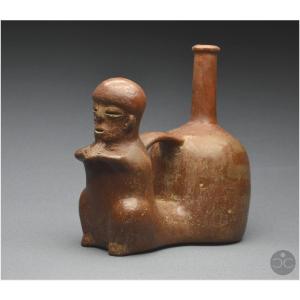






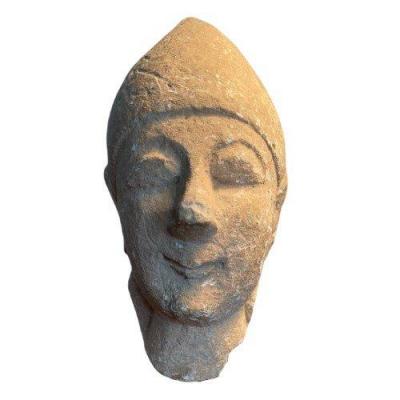
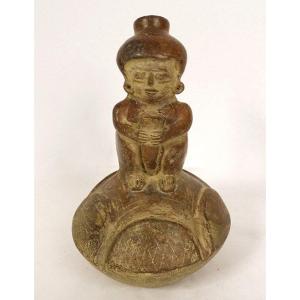




 Le Magazine de PROANTIC
Le Magazine de PROANTIC TRÉSORS Magazine
TRÉSORS Magazine Rivista Artiquariato
Rivista Artiquariato
